In the darkest hours of Blasphemous 2, you may be tempted to resort to real-life prayer. Kneeling before one of the game’s Prie Dieu altars, which handily double as save points, you’ll ask forgiveness for your prior trespasses. You’ll ask that the boss you’re struggling with have their blades dulled slightly. You’ll ask that your dodge timing, which often feels like a dice roll, come up six next time instead of five. You’ll ask but, in the spirit of the game’s cynical take on Christianity and organized religion in general, your prayers will go unanswered. You’ll limp out, dejected and afraid, into the same death again and again. As in life, you’ll need to bring about your own salvation in Blasphemous 2.
The original Blasphemous, which had the ill fortune of releasing into a post-Hollow Knight world, was a much-lauded Metroidvania that blended the exploration and world structure of its home genre, the punishing difficulty of FromSoftware’s Souls series, and a unique aesthetic based on Spanish art and religious iconography. Its sequel takes this remarkably solid foundation and builds a mighty cathedral upon it, replete with towering spires, hidden corners, and creeping clergy. It’s undoubtedly an improvement on the original Blasphemous, but how does it stack up against the other heavy hitters in the modern Metroidvania pantheon? In the absence of the now-iconic Mea Culpa blade, is the game fit to cross swords with Hollow Knight’s Pure Nail? Put your faith in us, and read on to find out.
PC Invasion’s Blasphemous 2 review
Inanimate objects
We are loath to start a review off on a bad foot, but Blasphemous 2 gives us no choice. The game opens with an example of what we consider one of the most glaring flaws in the package as a whole: its animated cutscenes. Gone is the uncanny, almost stop-motion style the original Blasphemous used in such moments, which infused every key triumph with a creeping feeling of unease, and in its place stands a much more generic, if higher quality, set of animations. The detailed backgrounds and oddly colorful character renditions make the action in these scenes feel like it’s taking place in another game: one with an entirely different, less interesting tone.
This may seem like a churlish complaint to open with, given how little of Blasphemous 2’s overall runtime you’ll spend watching these scenes, but atmosphere was one of the things the original game absolutely nailed, and one of the things that stood it apart from its competitors and made it the success that it was. It was a dark, borderline terrifying game, and the cutscenes hammered this home, with distorted characters against pitch-black backgrounds masterfully capturing the feeling of the Goya paintings which served as one of its key inspirations. In contrast, the new style serves only to undermine the tone of the rest of the experience, where beautiful, intricate pixel art is the order of the day, and feels like a misuse of the higher budget the team clearly received this time around. None of this is to say the new cutscenes are poorly executed. In a vacuum they’re excellent, and many balance beauty and violence in a way that’s remarkable to behold, but when viewed during gameplay as intended they create a bizarre tonal whiplash that lessens your immersion in Blasphemous 2’s grim world.
Weapon of choice
Thankfully, things pick up once you push past the opening scene. After waking up from a nice nap in a coffin, the Penitent One rolls out of bed and strolls on over to the right, where one of the most important decisions in the game awaits: which of the three starting weapons will you choose? This is a major change from the original game, where the Mea Culpa sword was your one and only option for the duration of the game, and it’s one that carries the same kind of energy as choosing a starter in Pokemon. Do you opt for the slow-but-powerful Veredicto mace, the swift dual blades Sarmiento and Centella, or the well-balanced Ruego Al Alba sword? Each has its own moveset, special abilities, and, in a decision that serves only to further the Pokemon analogy, its own elemental alignment. Game Freak should take some notes, too: we think the next Pokemon game would be much more interesting if players could choose between the fire, lightning, and blood types Blasphemous 2 offers rather than their usual options.
Each of the three weapons feels distinct to play, each changes how you approach the game’s combat scenarios, and all three, crucially, feel great to use. You’ll master the basics of your chosen weapon in the early game before quickly unlocking the option to improve it via a skill tree, using a currency known as Marks of Martyrdom. These improvements don’t just increase the damage of your weapon, they unlock new moves for it too, broadening your arsenal and giving you more options in tricky situations. The Mea Culpa had access to a similar upgrade system, but the changes made to the weapons in Blasphemous 2 feel much more substantial, with each weapon receiving a kind of ‘sub-system’ that greatly changes how you use them. Veredicto can be set on fire for extra damage and moves, Sarmiento and Centella can build up lightning damage over successive hits, and Ruego Al Alba can sacrifice health to enter a ‘Blood Pact’ state, where you deal more damage and recover health with each blow. These systems give you different mini-goals to strive for when using each weapon, and ensure that they play completely differently to one another, as if their varying movesets didn’t achieve this already.
Combat applications aside, however, the most exciting thing about Blasphemous 2’s weapons is the way in which they also serve as items, in the traditional Metroidvania sense. One of the defining features of the genre is the loop of encountering an obstacle you can’t surpass, exploring, finding a new item, and using that item to progress beyond the obstacle you found previously. In modern game design parlance, these items effectively serve as keys for specific types of locks in the game world, and in Blasphemous 2, your weapons are keys too. Though not in the literal, Kingdom Hearts sense. Veredicto can ring bells to summon platforms, Sarmiento and Centella can let you make use of teleportation mirrors, and Ruego Al Alba can break through writhing barriers. Each of these abilities is required to navigate a particular area and defeat a particular boss in the early game, meaning your choice of starting weapon is also a choice of starting path. On subsequent playthroughs, you can leverage this knowledge to plan out your route through the early game, prioritizing zones with relevant items for your style of play, but in the end you will gain access to all three weapons before you pass through into the mid-game: a nice touch that prevents playthroughs being condemned through a poor initial choice.
Bossa nova
Once you’ve picked your poison, Blasphemous 2 teaches you the basics of movement before throwing you right into a boss fight. This is a common tactic for difficult games in a post-Souls world, but it feels particularly well done here. This isn’t a cheap difficulty spike intended to give players a ‘Welcome to Blasphemous 2’ moment as they’re wiped out in seconds and brought back in the real tutorial, but rather a tight, well-designed encounter that you’re fully intended to conquer. The boss has a simple moveset and deals a reasonable amount of damage, meaning you have time to learn his patterns and react accordingly. Thankfully, this philosophy is one that Blasphemous 2 applies across all of its boss fights, no matter how deep into the game they appear.
Every boss you encounter is an absolute treat, both visually and mechanically. They range from lumbering giants, to ghostly specters, to nimble fencers that feel like not-so-subtle nods to Hollow Knight’s Hornet, and each has a rich moveset you’ll come to learn as you struggle against them time and time again. Because these bosses may be fair, but that doesn’t mean they’re not difficult. Many will put you down countless times in quick succession, fanning the flames of your fury as they do so. But that fury will be at your own failure to react accordingly, not at the cheap nature of the boss’ patterns. These fights also evolve in interesting ways as you whittle down their health bars, with new moves coming into play alongside augmented versions of old ones, ensuring you can never get too comfortable even as victory is in sight. Combat proudly stands next to exploration as one of the core pillars of the Blasphemous 2 experience, and it’s at its best during the boss fights. For our money, these are some of the finest examples of boss design seen in any Metroidvania game, and the undisputed highlights of the experience overall.
The Pilgrim’s Progress
With the tutorial boss dispatched, you’ll begin your journey into the world of Blasphemous 2 proper, and it’s here that the intoxicating gameplay loop that defines the Metroidvania genre comes into play. After a brief journey to a central hub village, you’re left with three map markers to work towards and no further guidance beyond that. The adventure is yours to have, and the game does a great job of letting you chart your own course, with any of the three initial pathways, and several other side-paths, being viable options right off the bat. The nonlinearity is great to see so early on, and helps massively when it comes to the game’s replay value, but sadly it falls off a bit later, when the final few areas are simply unlocked in sequence.
By that point in the game, however, Blasphemous 2 will have you so tight in its clutches you won’t care. You’ll be scouting out new areas, dancing around enemies with your expanded arsenal of weapons and movement abilities, and ticking off several checklists as you work your way through the game’s extensive list of sidequests. These elements are all par for the course when it comes to the Metroidvania genre, but Blasphemous 2 manages to put a little extra shine on all of them. Take combat with regular enemies, for example. It’s easy to skip over most encounters, and often more enjoyable to do so if they feature particularly sturdy foes, but you’re heavily incentivized to take part in, and therefore master, enemy combat through the Martyrdom Points system. This acts as a kind of experience bar, rewarding you with Marks of Martyrdom when you dispatch a certain number of foes. These Marks can then be spent to upgrade your weapons or unlock more Statue slots, which you can fill with items that grant you passive bonuses. With a huge 40 Marks up for grabs via this system, you’ll need to get stuck into combat whenever you can, which makes long stretches of backtracking, a staple of the genre, much more tolerable.
It also helps alleviate some of the frustration that comes with Blasphemous 2’s love affair with locked-room enemy gauntlets. This is an idea that Hollow Knight used a fair few times as well, but it feels particularly egregious here, with every area featuring one or two points where you’re trapped in a room and forced to deal with escalating waves of foes. They’re good tools for encouraging players to master close-quarters combat, but early on they often just feel unfair, since without their full moveset the Penitent One is quite a clunky protagonist. The game also lacks post-hit i-frames, meaning it’s easy to get brought down from full health to nothing in seconds at the hands of certain enemies: a frustrating occurrence every time, we can assure you.
Last confession
These gauntlets are the points in the game where that desperation we alluded to in the introduction is most likely to creep in, and the urge to abandon your sacred duty starts to outweigh your determination to push on, but the game is plenty difficult outside of these moments, too. Each area presents a unique kind of navigational challenge, with some really testing your platforming mettle, often in combination with wickedly-placed enemies poised to undo all your hard-earned progress at the flash of a pixelated blade. You’ll find yourself putting down the controller and silently steaming before your screen more than once before this quest is over, but it’s a penance that’s well worth enduring.
Blasphemous 2 is a difficult game, yes, but it’s also an incredibly generous one. Every area is visually and mechanically distinct, with a unique cast of enemies and obstacles to keep you busy as you journey through. Every character you meet has an interesting story arc, often culminating in a tragic end that matches their outward grotesquery. Every enemy is well-animated, with a moveset that keeps you on your toes and keeps you thoroughly engaged. Every sidequest is incredibly compelling, dangling the carrot of truly meaningful rewards in front of you for long enough to have you scouring every inch of the map for stray seeds and trapped angels. Beyond some minor tonal missteps, Blasphemous 2 is a hugely impressive take on the Metroidvania genre: one that takes the uniquely creative world established by the original, and builds upon it in nearly every conceivable way. Once they get a taste of what The Game Kitchen has cooked up here, the Silksong team may just bump that elusive release date of theirs by a few more months.

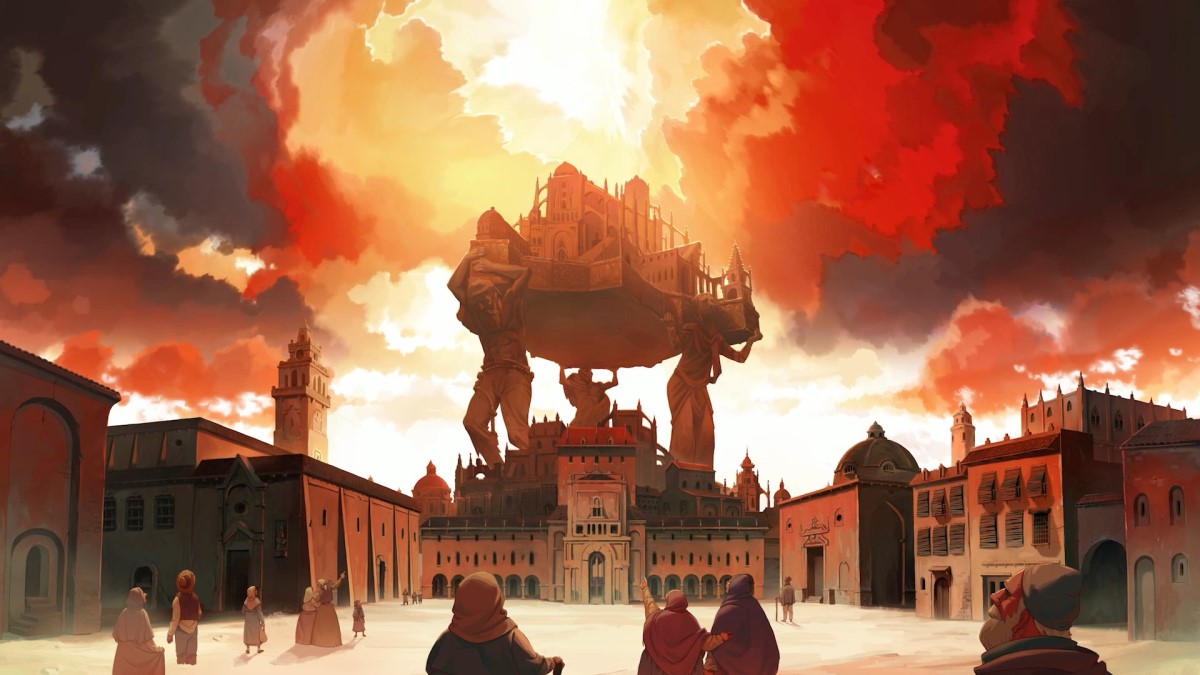
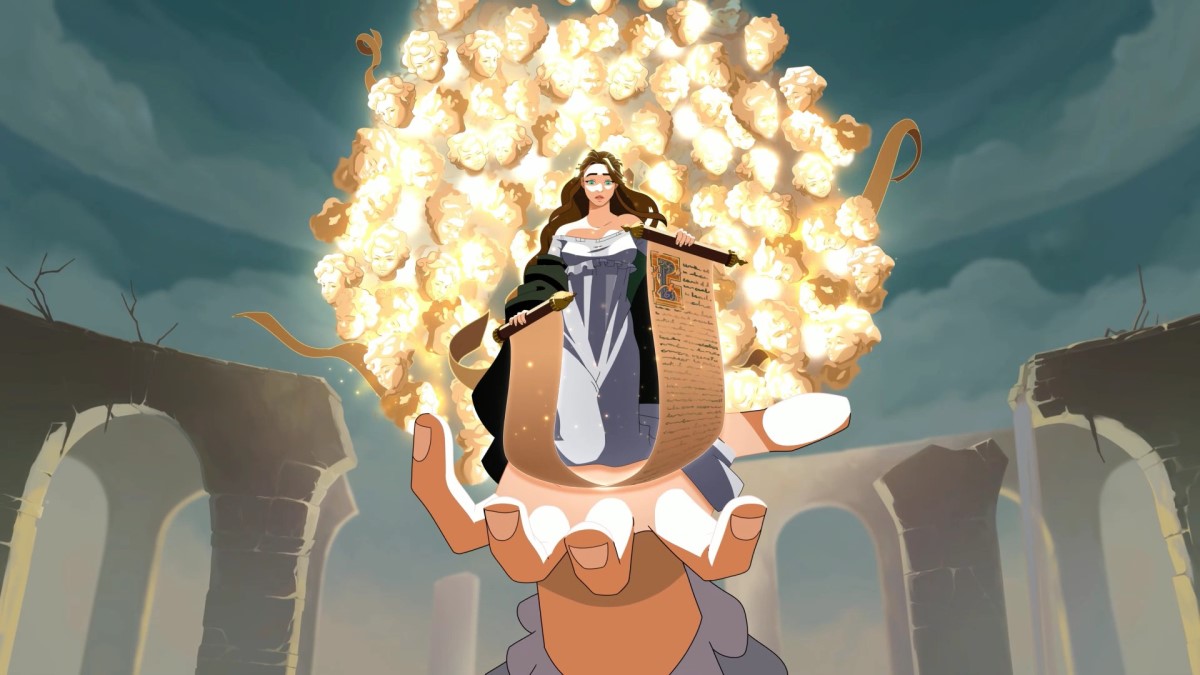
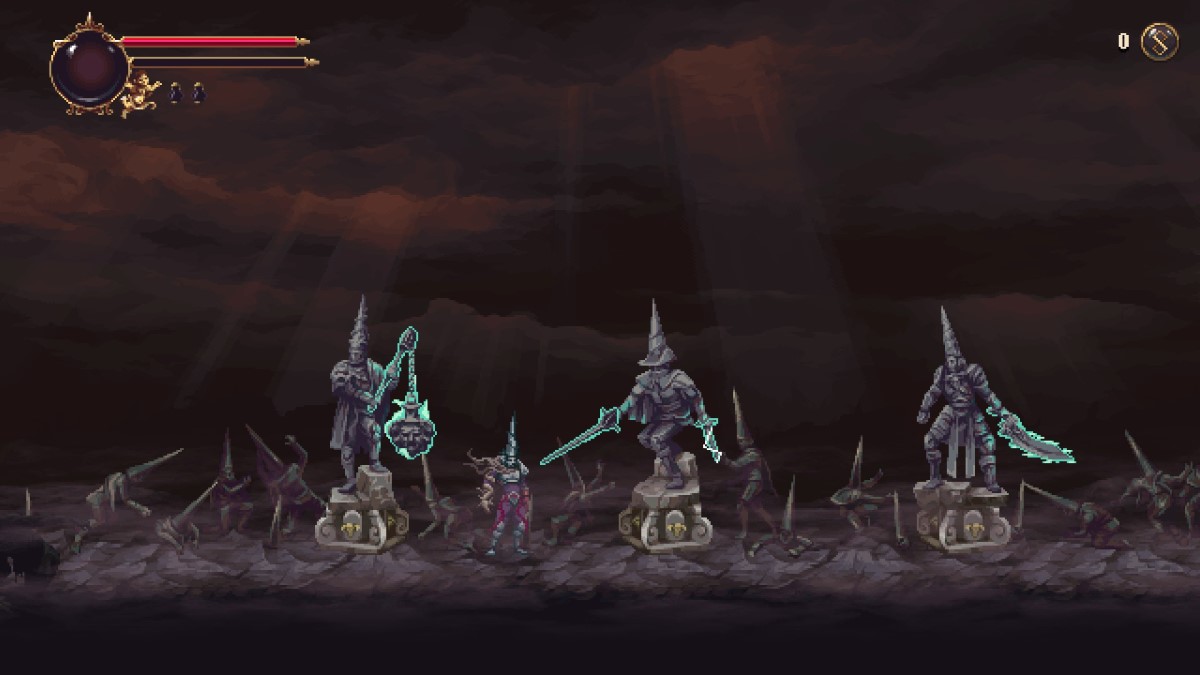
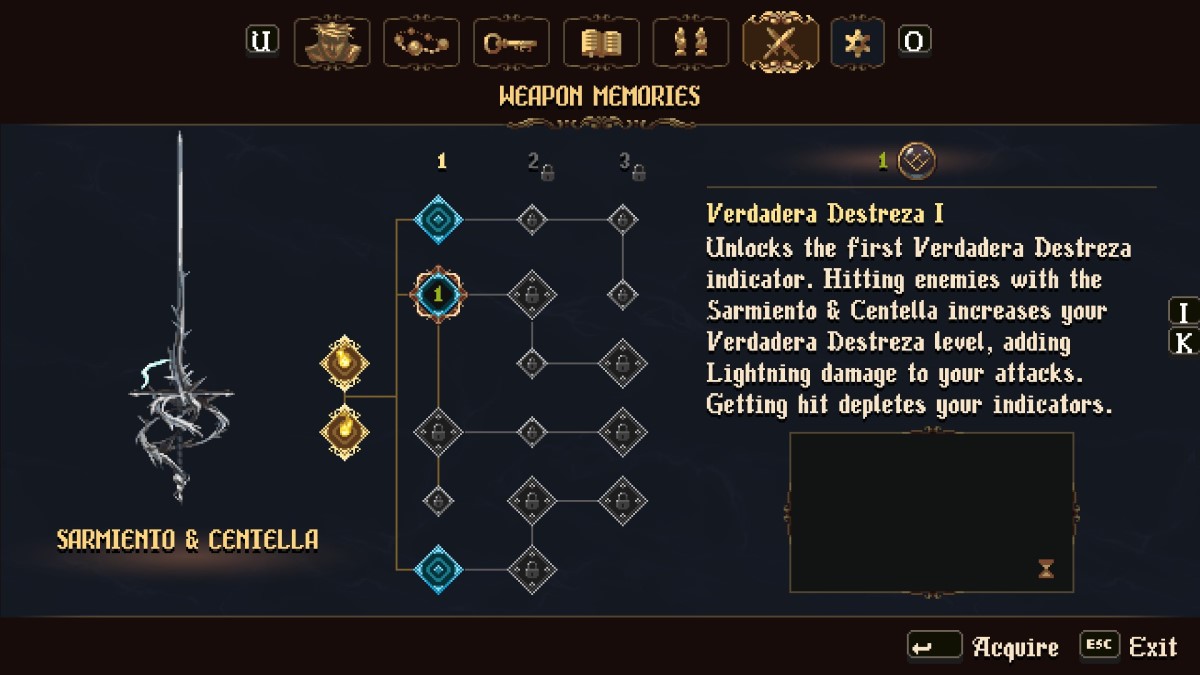
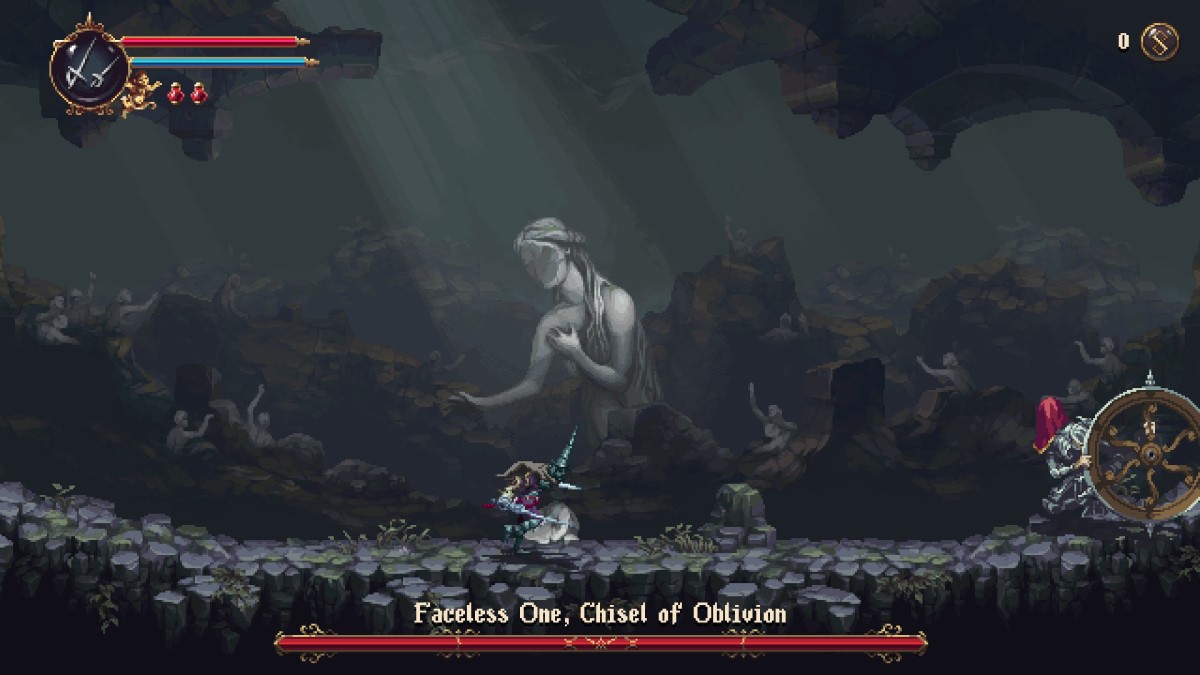
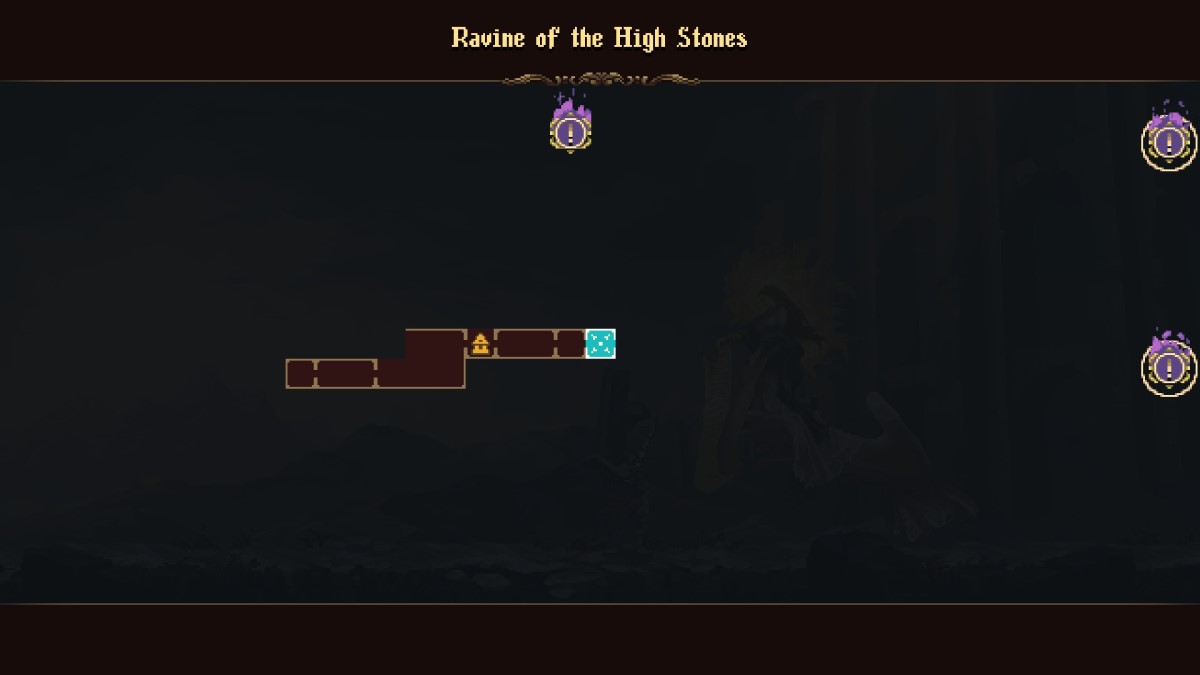
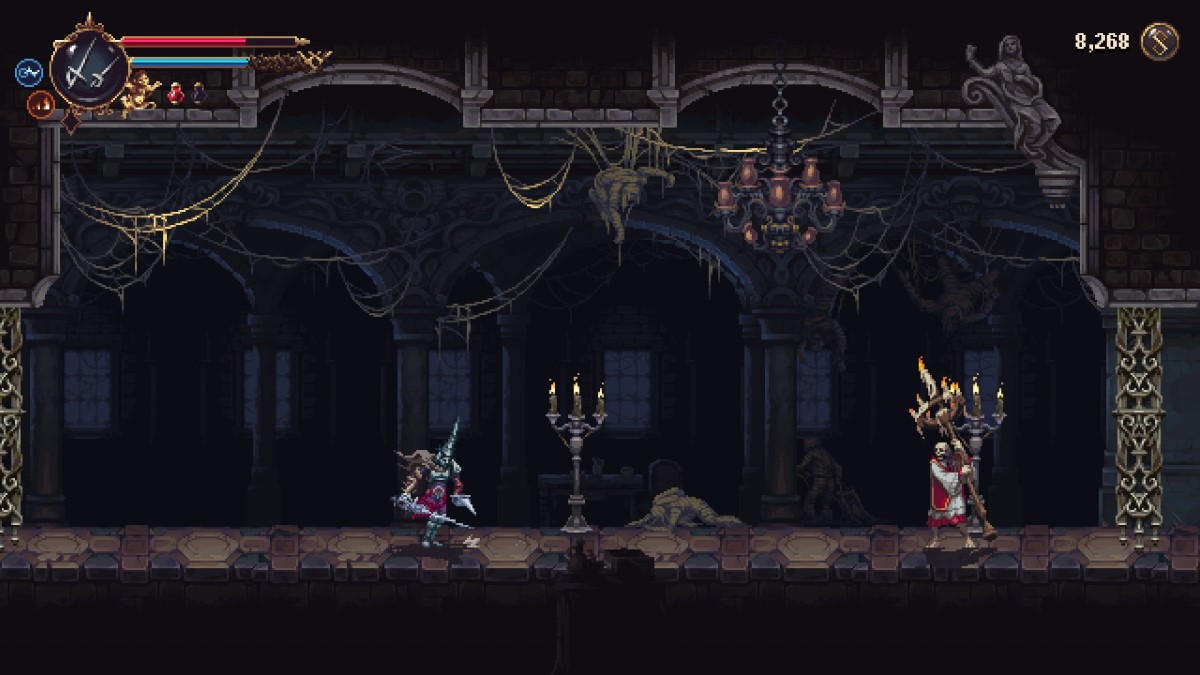
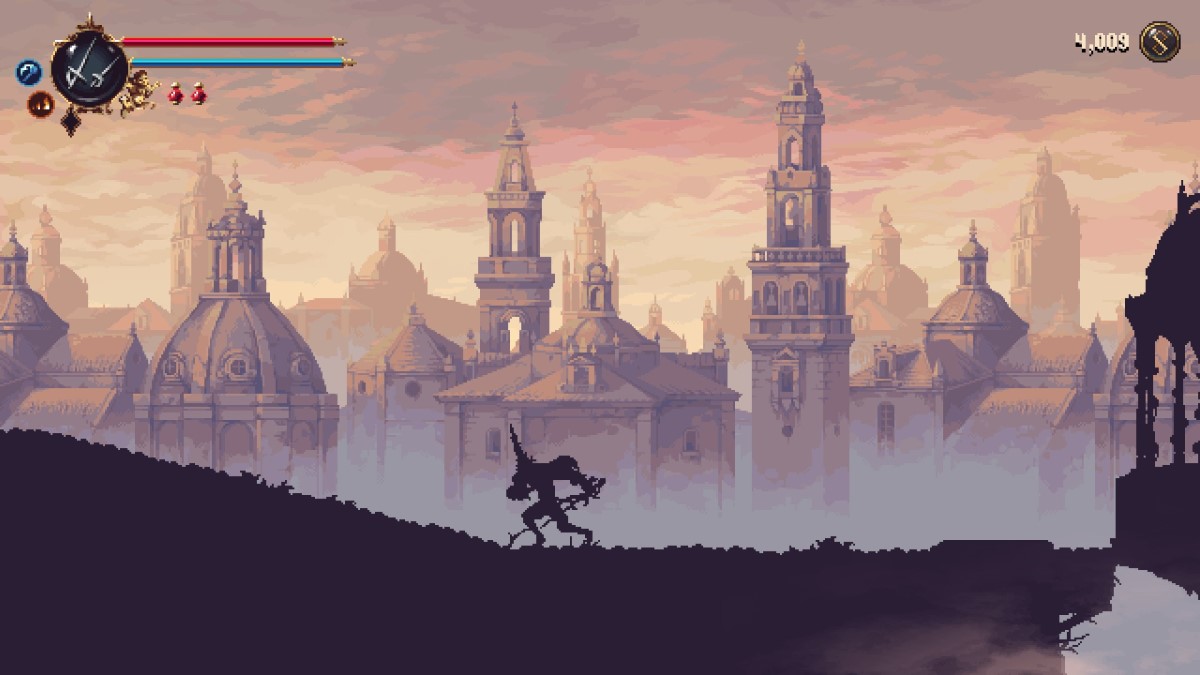






Published: Aug 17, 2023 08:00 am